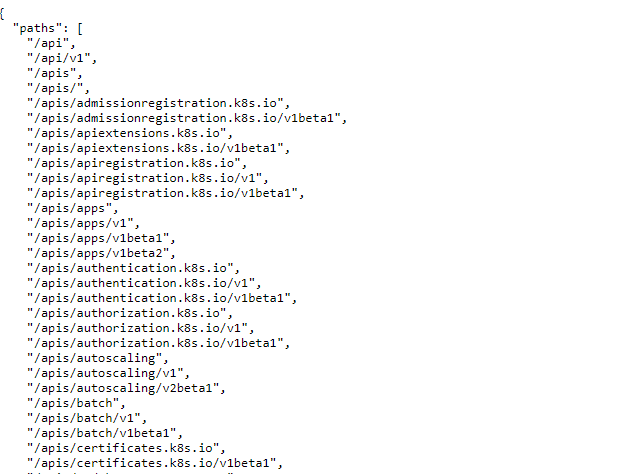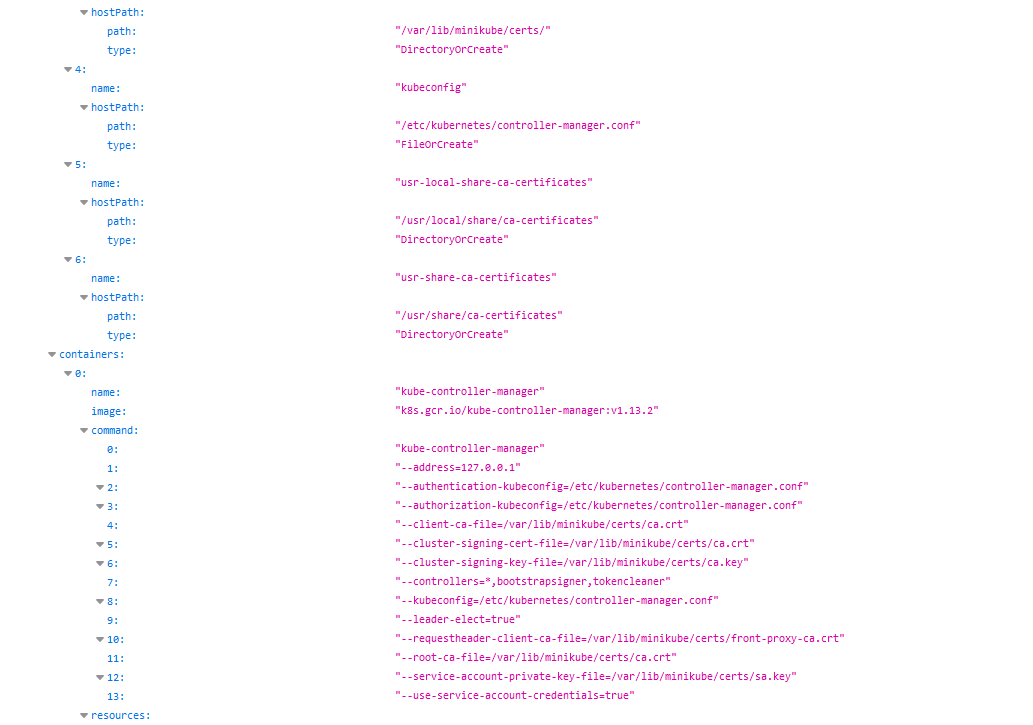mirror of
https://github.com/carlospolop/hacktricks
synced 2025-01-08 03:08:51 +00:00
57 lines
2.6 KiB
Markdown
57 lines
2.6 KiB
Markdown
# Pentesting Kubernetes from the outside
|
||
|
||
There different ways to find exposed **Kubernetes** Pods to the internet.
|
||
|
||
## Finding exposed pods with OSINT
|
||
|
||
One way could be searching for `Identity LIKE "k8s.%.com"` in [crt.sh](https://crt.sh/) to find subdomains related to kubernetes. Another way might be to search `"k8s.%.com"` in github and search for **YAML files** containing the string.
|
||
|
||
## Finding Exposed pods via port scanning
|
||
|
||
The following ports might be open in a Kubernetes cluster:
|
||
|
||
| Port | Process | Description |
|
||
| :--- | :--- | :--- |
|
||
| 443/TCP | kube-apiserver | Kubernetes API port |
|
||
| 2379/TCP | etcd | |
|
||
| 6666/TCP | etcd | etcd |
|
||
| 4194/TCP | cAdvisor | Container metrics |
|
||
| 6443/TCP | kube-apiserver | Kubernetes API port |
|
||
| 8443/TCP | kube-apiserver | Minikube API port |
|
||
| 8080/TCP | kube-apiserver | Insecure API port |
|
||
| 10250/TCP | kubelet | HTTPS API which allows full mode access |
|
||
| 10255/TCP | kubelet | Unauthenticated read-only HTTP port: pods, running pods and node state |
|
||
| 10256/TCP | kube-proxy | Kube Proxy health check server |
|
||
| 9099/TCP | calico-felix | Health check server for Calico |
|
||
| 6782-4/TCP | weave | Metrics and endpoints |
|
||
|
||
### Remote Cluster Misconfigurations
|
||
|
||
By **default**, API endpoints are **forbidden** to **anonymous** access. But it’s always a good idea to check if there are any **insecure endpoints that expose sensitive information**:
|
||
|
||

|
||
|
||
### **Checking for ETCD Anonymous Access**
|
||
|
||
The ETCD stores the cluster secrets, configuration files and more **sensitive data**. By **default**, the ETCD **cannot** be accessed **anonymously**, but it always good to check.
|
||
|
||
If the ETCD can be accessed anonymously, you may need to use the [etcdctl](https://github.com/etcd-io/etcd/blob/master/etcdctl/READMEv2.md) tool. The following command will get all the keys stored:
|
||
|
||
```text
|
||
etcdctl --ndpoints=http://<MASTER-IP>:2379 get / –prefix –keys-only
|
||
```
|
||
|
||
### **Checking Kubelet \(Read Only Port\) Information Exposure**
|
||
|
||
When the “kubelet” read-only port is exposed, the attacker can retrieve information from the API. This exposes **cluster configuration elements, such as pods names, location of internal files and other configurations**. This is not critical information, but it still should not be exposed to the internet.
|
||
|
||
For example, a remote attacker can abuse this by accessing the following URL: `http://<external-IP>:10255/pods`
|
||
|
||

|
||
|
||
## References
|
||
|
||
{% embed url="https://www.cyberark.com/resources/threat-research-blog/kubernetes-pentest-methodology-part-2" %}
|
||
|
||
|
||
|